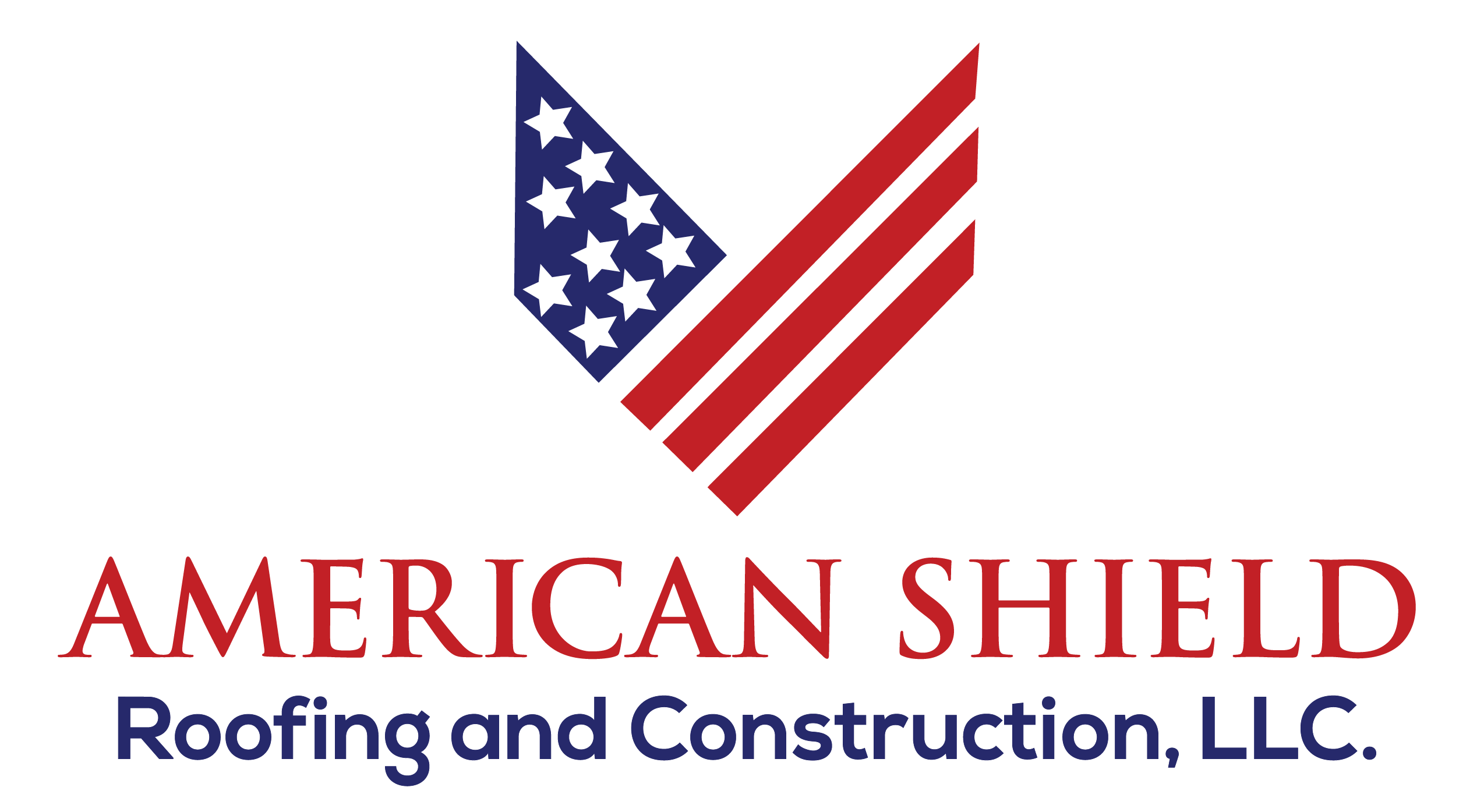
When your roof is damaged—whether from hail, wind, falling limbs, or a severe storm—it can be overwhelming to know what to do next. That’s where we come in.
At American Shield Roofing and Construction, we’ve helped hundreds of homeowners walk through the insurance process with less stress and more success. Here’s a simple guide to help you submit a roofing claim the right way—so you can protect your home and your wallet.
Step 1:
Assess and Document the Damage
As soon as it’s safe to do so, take a walk around your property. Look for missing shingles, dents, leaks, fallen branches, or water spots inside your home. Take clear photos of all visible damage—both close-up and wide-angle shots.
🔍 Pro Tip: Even if the damage isn’t visible from the ground, don’t assume your roof is okay. Call a professional for a thorough inspection.
Step 2:
Call a Trusted Roofing Contractor
Contact a reputable contractor (like us!) to perform a detailed inspection and create a written report of the findings. We’ll document the cause of damage, provide a professional opinion, and help determine if it’s likely to be covered by your policy.
🛠️ Most insurance companies require an expert’s assessment to justify a claim.
Step 3:
Review Your Homeowner’s Insurance Policy
Before filing a claim, review your coverage. Look for:
- Your deductible amount
- Whether your policy is Replacement Cost Value (RCV) or Actual Cash Value (ACV)
- Covered perils (e.g., hail, wind, falling objects)
If you’re unsure, don’t worry—we can help you understand the basics.
Step 4:
File the Claim with Your Insurance Company
Once your inspection is complete, contact your insurer and file your claim. Most providers offer phone, website, or app options for quick submission. Be ready to provide:
- The date and type of damage
- Photos and inspection report
- Any other relevant documentation
Ask about your claim number and what happens next.
Step 5:
Meet with the Adjuster
Your insurance company will schedule a visit from a claims adjuster. This is a critical part of the process. We highly recommend having your contractor present during the inspection to ensure nothing is missed and to help explain the findings.
⚠️ Adjusters are trained to assess—but not always trained roofers. Your contractor can advocate for you.
Step 6:
Receive Your Estimate and Settlement
After the adjuster’s visit, your insurance company will issue a settlement estimate—what they’re willing to pay for repairs or replacement, minus your deductible.
Your contractor will review this estimate and compare it to real-world material and labor costs. If adjustments are needed, we can help work through the supplement process.
Step 7:
Begin the Repairs
Once the estimate is approved, work can begin. Your roofing company should:
- Pull proper permits
- Order materials
- Complete work to code
- Provide documentation for the insurer
Some policies may require a final inspection or additional photos upon completion.
Step 8:
Finalize Payments and Paperwork
With work complete, the final invoice is sent to your insurance company. You may receive a second check (known as the depreciation check) to cover the rest of the claim value if you have RCV coverage.
Once the balance is paid, the claim is closed—and your roof is good as new.
Need Help? We’re With You Every Step
Filing a roofing claim doesn’t have to be stressful. At American Shield Roofing and Construction, we advocate for our clients, work directly with insurers, and make sure the job gets done right—start to finish.
📞 Call 361-343-7018 today
🌐 Visit www.americanshieldroofing.com
🛡️ Trust the Shield when it matters most
#TrustTheShield
